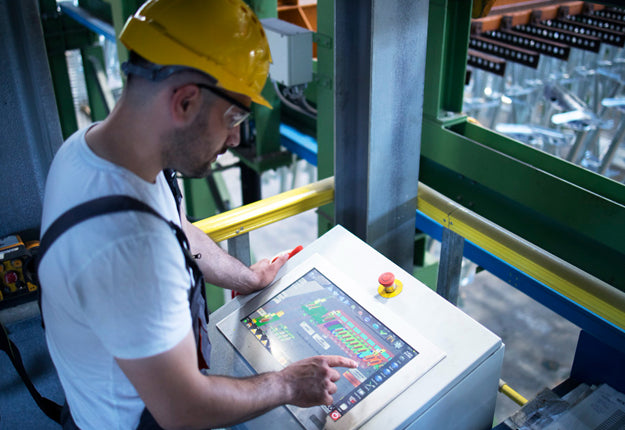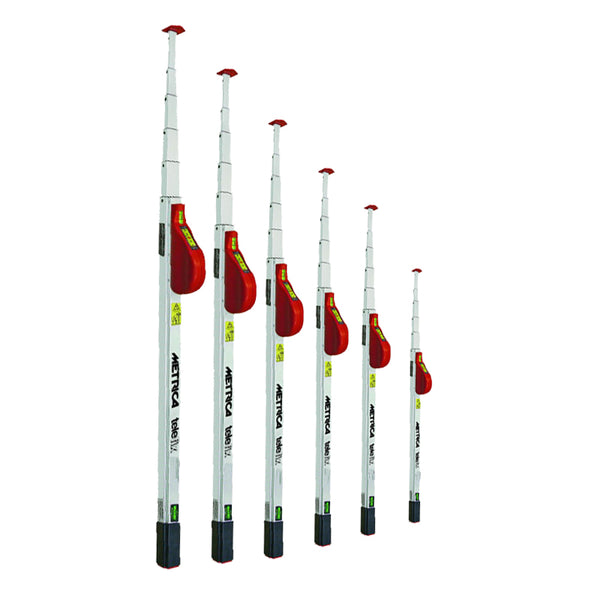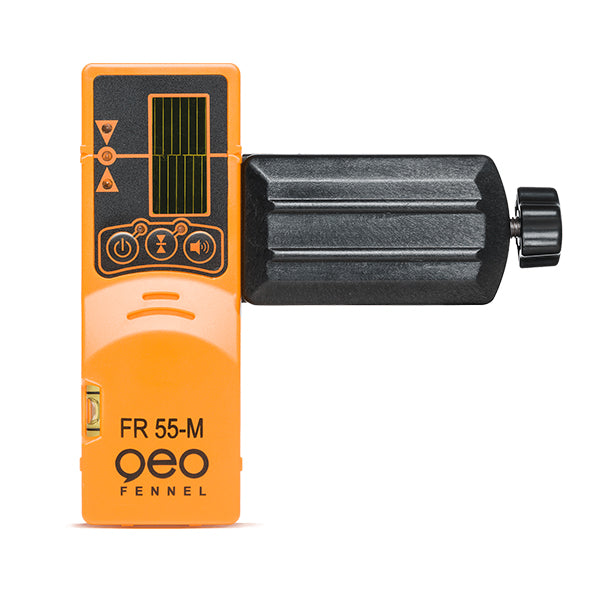Industrial Imaging
Industrial imaging is a powerful tool that can help to improve the quality, efficiency, and safety of manufacturing processes.
A Powerful Tool for Quality, Efficiency, and Safety
Industrial imaging is the use of imaging technologies in industrial settings. It is a broad field that encompasses a wide range of applications, including quality control, process monitoring, automation, and research and development.
Industrial imaging technologies have become increasingly sophisticated in recent years, and they are now being used to solve a wide range of problems in the manufacturing industry. For example, industrial imaging can be used to:
- Inspect products for defects: This is one of the most common applications of industrial imaging. By using cameras and other imaging sensors, manufacturers can detect defects in products early on, which can help to prevent them from reaching the customer.
- Monitor industrial processes: Industrial imaging can also be used to monitor industrial processes and identify problems early on. This can help to prevent costly downtime and ensure that products are produced to the required quality standards.
- Automate tasks: Industrial imaging can be used to automate tasks, such as picking and placing objects, or identifying and sorting products. This can help to improve efficiency and productivity.
- Research and development: Industrial imaging is also used in research and development to study materials and processes. For example, it can be used to study the microstructure of metals, or to visualize the flow of fluids.

Industry applications of industrial imaging:
Locating Partial Discharge
Partial discharge can be dangerous and expensive if not located and detected early on. Void and surface tracking are the types of PD which have the highest propensity to cause damage to equipment or create an arc flash.
Read MoreLeak Detection
Many applications require leak detection. Among the more well-known ones include compressed air systems used in many applications and commonly employed in manufacturing plants.
Read MoreThermal Imagery
Home / Industry Applications / Choose the thermal imaging software that makes your job easier Today’s thermal imaging software offers a lot more features and is a lot easier to use than what was available in the past. Now you can install thermal imaging software on a PC or mobile device (even your smartphone) to organize...
Read MoreSome of the benefits of industrial imaging
Improved quality
Industrial imaging can help to improve the quality of products by detecting defects early on. This can help to reduce the number of defective products that are produced, and it can also help to improve the reputation of the company.
Increased efficiency
Industrial imaging can help to increase efficiency by automating tasks and by providing real-time data about the production process. This can help to reduce costs and improve productivity.
Improved safety
Industrial imaging can help to improve safety by detecting hazards and by providing information about the environment. This can help to prevent accidents and injuries.
Some of the benefits of industrial imaging
Of course, there are also some potential drawbacks to industrial imaging. These include:
- Cost: Industrial imaging can be expensive to implement and maintain.
- Complexity: Industrial imaging systems can be complex to set up and operate.
- Data privacy: Industrial imaging systems can collect a lot of data, which raises privacy concerns.
Overall, the benefits of industrial imaging outweigh the drawbacks. Industrial imaging is a powerful tool that can help to improve the quality, efficiency, and safety of manufacturing processes.
Here are some of the latest trends in industrial imaging:
- The use of artificial intelligence (AI): AI is being used to automate tasks, such as defect detection and process monitoring. This is leading to increased efficiency and productivity.
- The use of 3D imaging: 3D imaging is being used to inspect objects that are difficult to see from the outside. This is leading to improved quality control.
- The use of cloud computing: Cloud computing is making it easier to deploy and manage industrial imaging systems. This is leading to lower costs and increased flexibility.
As industrial imaging continues to evolve, it is likely to have an even greater impact on the manufacturing industry. By helping to improve quality, efficiency, and safety, industrial imaging can help manufacturers to stay ahead of the competition.








